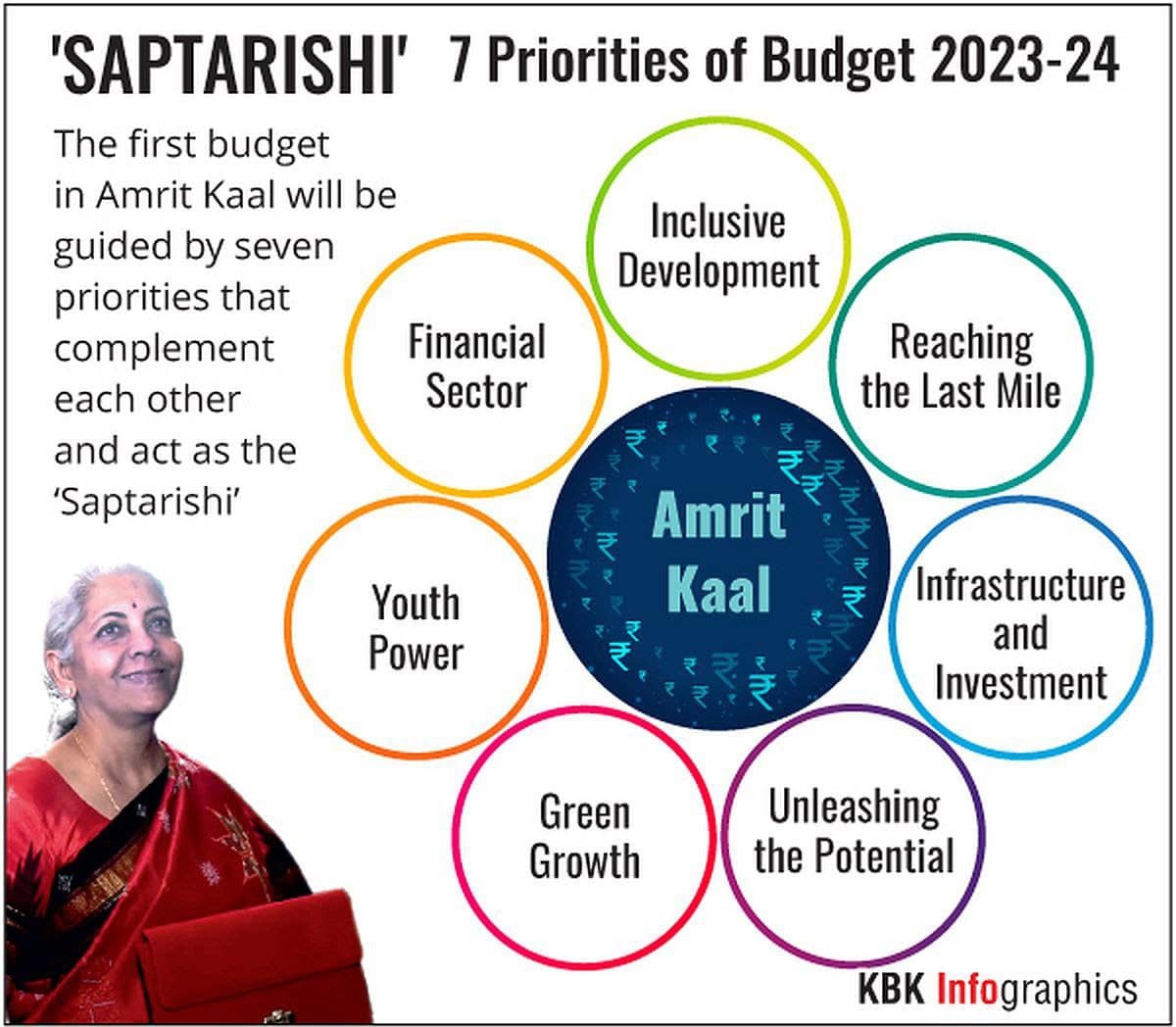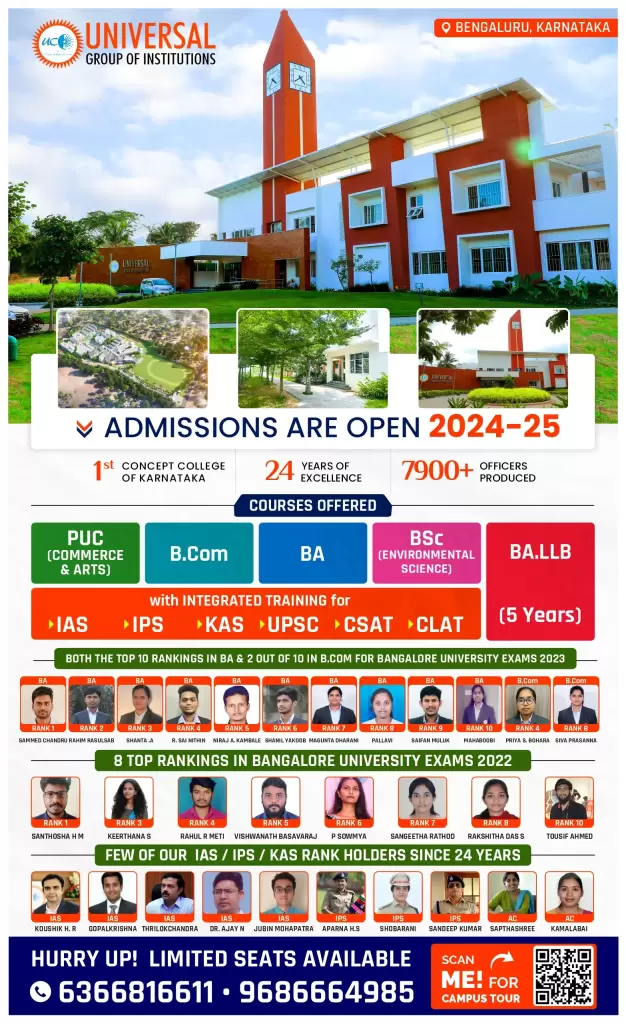Budget 2023: The Conception of Amrit Kaal
Budget 2023 hopes to build on the foundation laid in the previous Budget, and the blueprint drawn for India@100. It envisions a prosperous and inclusive India, in which the fruits of development reach all regions and citizens, especially our youth, women, farmers, OBCs, Scheduled Castes and Scheduled Tribes. The Finance Minister termed it as the first budget of Amrit kaal
Vision of Amrit kaal
- The vision for the Amrit Kaal includes a technology-driven and knowledge-based economy with strong public finances, and a robust financial sector.
- The economic agenda for achieving this vision focuses on three things:
- First, facilitating ample opportunities for citizens, especially the youth, to fulfil their aspirations
- Second, providing strong impetus to growth and job creation; and
- Third, strengthening macro-economic stability.
To service these focus areas in our journey to India@100, four opportunities can be transformative during Amrit Kaal.
1)Economic Empowerment of Women
- Deendayal Antyodaya Yojana National Rural Livelihood Mission has achieved remarkable success by mobilising rural women into 81 lakh Self Help Groups.
- The government will enable these groups to reach the next stage of economic empowerment through formation of large producer enterprises or collectives with each having several thousand members and managed professionally.
- They will be helped with supply of raw materials and for better design, quality, branding and marketing of their products.
- Through supporting policies, they will be enabled to scale up their operations to serve the large consumer markets, as has been the case with several start-ups growing into ‘Unicorns’.
2)PM VIshwakarma KAushal Samman (PM VIKAS)
- For centuries, traditional artisans and craftspeople, who work with their hands using tools, have brought renown for India.
- They are generally referred to as Vishwakarma. The art and handicraft created by them represents the true spirit of Atmanirbhar Bharat.
- For the first time, a package of assistance for them has been conceptualised.
- The new scheme will enable them to improve the quality, scale and reach of their products, integrating them with the MSME value chain.
- The components of the scheme will include not only financial support but also access to advanced skill training, knowledge of modern digital techniques and efficient green technologies, brand promotion, linkage with local and global markets, digital payments, and social security.
- This will greatly benefit the Scheduled Castes, Scheduled Tribes, OBCs, women and people belonging to the weaker sections.
3) Tourism
- The country offers immense attraction for domestic as well as foreign tourists.
- Promotion of tourism will be taken up on mission mode, with active participation of states, convergence of government programmes and public-private partnerships.
- Dekho Apna Desh’, ‘Swadesh Darshan’ and the idea to set up ‘Unity Malls’ in the state capitals will likely promote tourism in the country.
4) Green Growth
- The government is implementing many programmes for green fuel, green energy, green farming, green mobility, green buildings, and green equipment, and policies for efficient use of energy across various economic sectors.
These green growth efforts help in reducing carbon intensity of the economy and provide for large- scale green job opportunities.
Priorities of this Budget
The Budget adopts the following seven priorities. They complement each other and act as the ‘Saptarishi’ guiding us through the Amrit Kaal.
1) Inclusive Development
2) Reaching the Last Mile
3) Infrastructure and Investment
4) Unleashing the Potential
5) Green Growth
6) Youth Power
7) Financial Sector
Practice Question
1.What is the conception of Amrit Kaal? Which policy measures have been taken by the government to realise it?






